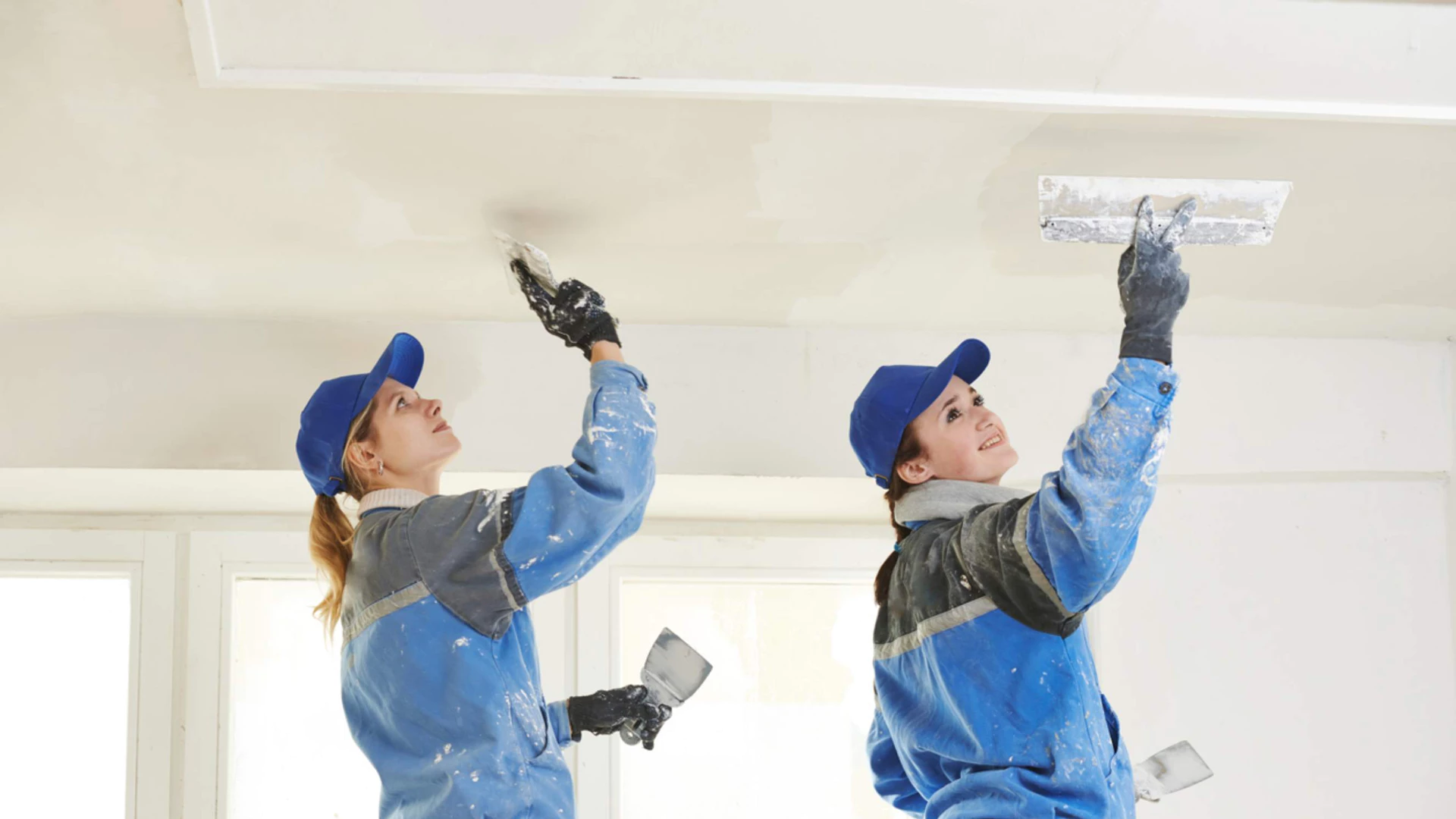Skimming and upkeep are crucial procedures in construction and preservation, providing the inspiration for a wonderful finish on partitions and ceilings. Whether you are clean antique surfaces, fixing imperfections, or getting ready for a fresh coat of paint, expertise those strategies permit you to gain expert-stage consequences.
What is Skimming?
Skimming includes making use of a skinny layer of plaster or joint compound to a floor to create a easy or even end. It is typically used to cowl cracks, uneven textures, or damaged partitions and ceilings. Skimming can remodel aged or difficult surfaces right into a flawless canvas for portray or wallpapering.
When to Use Skimming:
- To restoration cracked or uneven partitions
- To easy over textured surfaces
- To put together drywall or plasterboard for completing
- To repair minor dents and scratches
Common Types of Repairs Before Skimming
- Cracks and Holes
- Small Cracks: Fill with a joint compound or filler earlier than skimming.
- Large Holes: Use mesh tape or patch kits for reinforcement.
- Water Damage
- Address the source of moisture earlier than upkeep. Remove damaged plaster and replace it with fresh cloth before skimming.
- Loose Plaster or Paint
- Scrape off flaking plaster or paint and sand the floor to make certain adhesion.
- Nail Pops or Screws
- Secure any protruding nails or screws, then cover them with joint compound.
Step-with the aid of-Step Guide to Skimming and Repairs
1. Prepare the Surface
- Remove old wallpaper, flaking paint, or debris.
- Sand the region to create a barely difficult texture for higher adhesion.
- Clean the floor to put off dirt or grease.
2. Repair Imperfections
- Fill cracks and holes with a suitable filler or joint compound.
- Apply mesh tape over larger cracks to save you reappearance.
- Let repairs dry completely earlier than shifting to the next step.
three. Apply the Skim Coat
- Mix the skim coat fabric (plaster or joint compound) in line with commands.
- Use a trowel or a huge plastering knife to unfold a skinny, even layer throughout the surface.
- Work in sections, making sure clean insurance without leaving ridges.
four. Smooth the Surface
- Once the skim coat starts to set, use a moist sponge or trowel to easy out any uneven regions.
- Sand gently after drying for an ultra-easy finish.
5. Prime and Finish
- Apply a primer to seal the skim coat earlier than painting or wallpapering.
- Choose a terrific paint or wallpaper for an extended-lasting finish.
Tools and Materials Needed
- Joint compound or plaster
- Trowels and plastering knives
- Sandpaper (medium and satisfactory grit)
- Mesh tape for cracks
- Filler or patch kits for holes
- Primer and paint
Tips for Successful Skimming and Repairs
- Work in properly-lit areas to identify imperfections without difficulty.
- Avoid overloading the trowel with material; skinny layers are greater attainable.
- Take your time to make certain smoothness, particularly on seen surfaces.
- Wear defensive tools like gloves and goggles to live secure.
When to Call a Professional
While minor skimming and maintenance are viable DIY initiatives, some situations can also require expert help:
- Large-scale damage or structural problems
- Water harm requiring giant alternative
- High ceilings or tough-to-reach regions
Conclusion
Skimming and upkeep are precious skills for preserving and enhancing your property’s look. With right practise and interest to element, you may reap seamless effects that closing for years. Whether you are tackling a small patch or refinishing an entire room, learning these strategies ensures a polished and expert finish.


